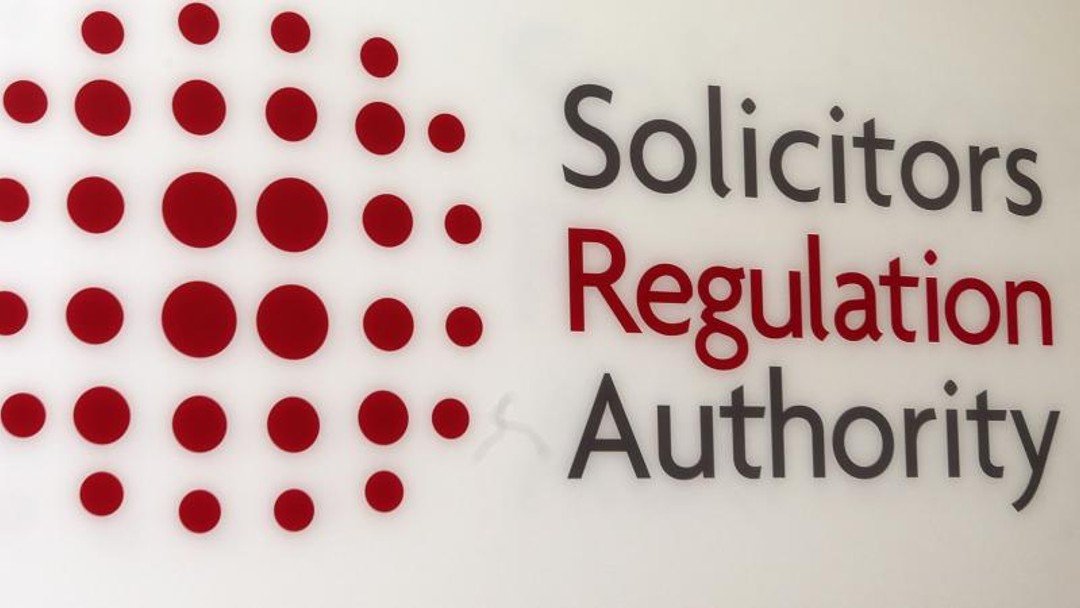Conveyancers and small firms hit hardest by indemnity insurance costs

By
SRA to consult in the new year on reducing barriers to entry and exit
Conveyancing accounts by far for the largest amount of claims under solicitors' professional indemnity policies, new figures have revealed, with more than half of all indemnity payments coming from this part of the sector.
The findings emerged from the collation of ten years' worth of historical claims data covering the 2004 to 2014 period. Unveiled by the Solicitors Regulation Authority last week, the research also showed that smaller firms paid the most in PII cover as a percentage of turnover: 7 per cent for sole practitioners and 5.5 per cent for two to four partner firms. The percentage was lowest for five to ten partner firms (3.2 per cent) and 11 to 25 partner firms (3.9 per cent).
'It confirms what has long been suspected, that conveyancing is a high risk area generating a significant number of claims, but just how much conveyancing underpins the claims market was unexpected,' SRA policy director Crispin Passmore told Solicitors Journal.
Earlier this year the regulator indicated it was considering altering minimum terms and conditions. The move was supported by the Legal Services Board, whose own research suggested that lawyers were increasingly concerned about the cost of PII. In its review of restrictions on choice of insurer in July, the board added that PII costs acted as a barrier to entry and exit, but it made its approval to the proposed changes subject to further research.
Passmore suggested the high PII-cost-to-turnover ratio in smaller firms could be due to inefficiencies or because these firms tended to operate in higher risk areas. However, if, as the SRA intends, indemnity costs can be lowered by 15 per cent, this would bring down the cost of PII by about 1 per cent as a percentage of turnover.
Among the options considered by the regulator are changes to the rules on run-off cover and successor practice. 'There are problems around small firms closing down in a disorderly manner, which generates very high intervention costs,' Passmore said. 'We're asking whether the cost of run-off cover actually makes it harder for firms to close down in an orderly manner. So can we bring down the cost of run-off?'
Some months ago Passmore suggested a reduction in the length of run-off to three years but he now believes six years is more sustainable. 'Another possibility could be to cap the aggregation limit to, say, £5 or £6m rather than unlimited, as it is at the moment and is potentially very expensive,' he added.
A more controversial proposal would be to exempt insurers from paying up on claims where a firm hasn't paid for run-off cover. According to Passmore, it is estimated that half of the firms closing down haven't. 'Insurers are on hook to provide insurance even if run-off premium wasn't paid. Could the rule be changed so that they don't have to pay out if there is no cover in place? Or if a firm has lied about the type of work it's doing, minimising its involvement in high risk areas to get a lower premium, for instance?'
Passmore said the research is intended to provide food for thought and act as a basis for informed debate. He said the regulator would consult on possible changes in the Spring.
Jean-Yves Gilg is editor in chief of Solicitors Journal
jean-yves.gilg@solicitorsjournal.co.uk | @jeanyvesgilg